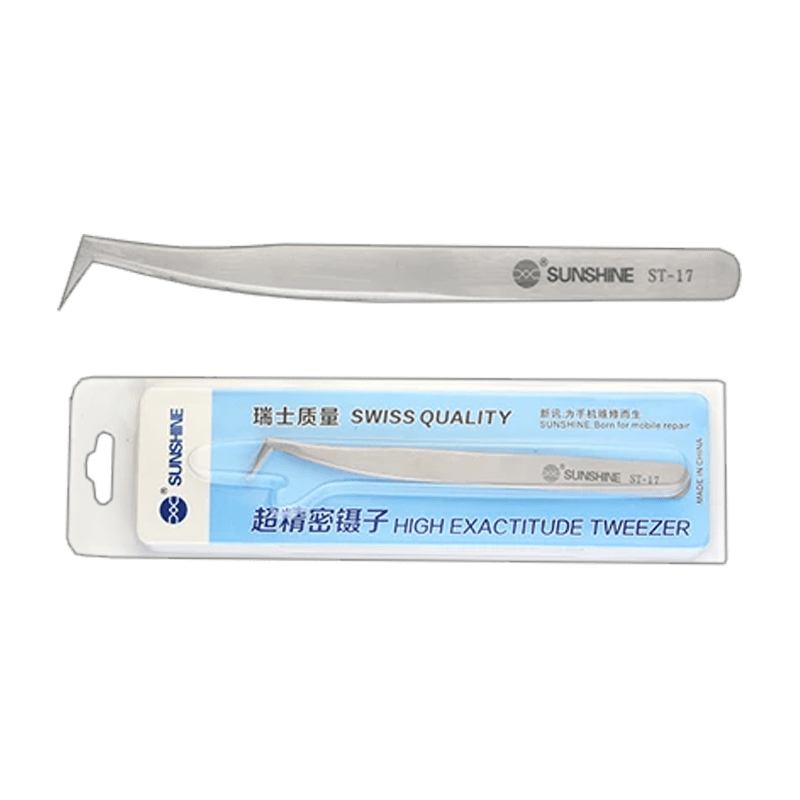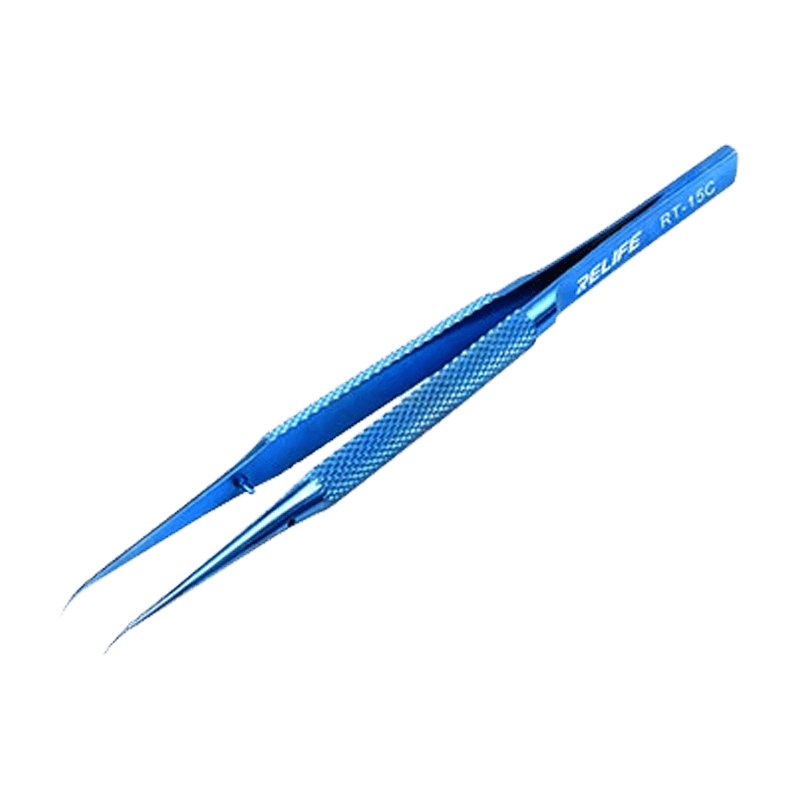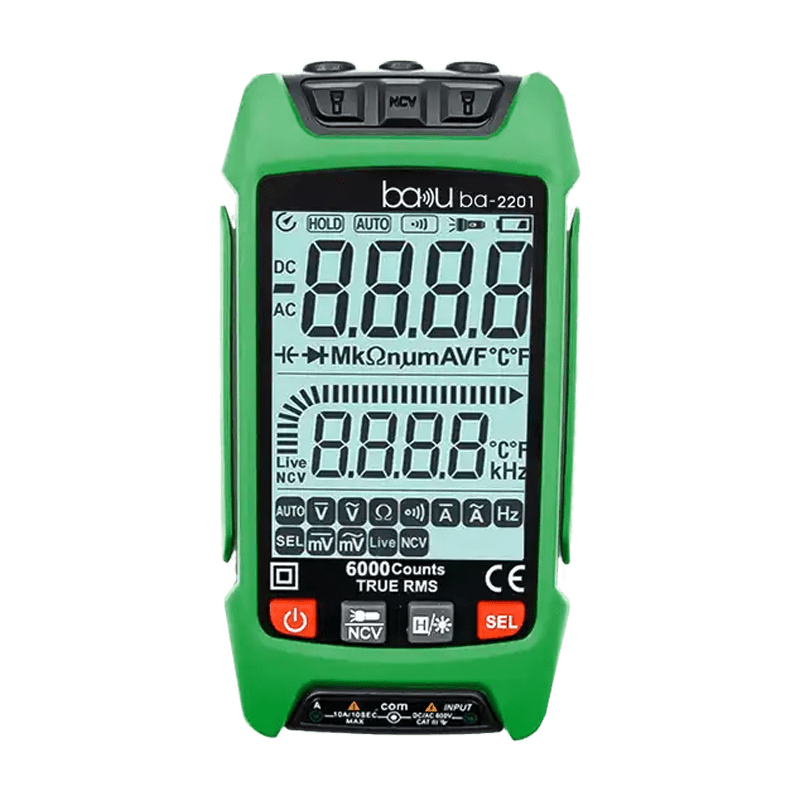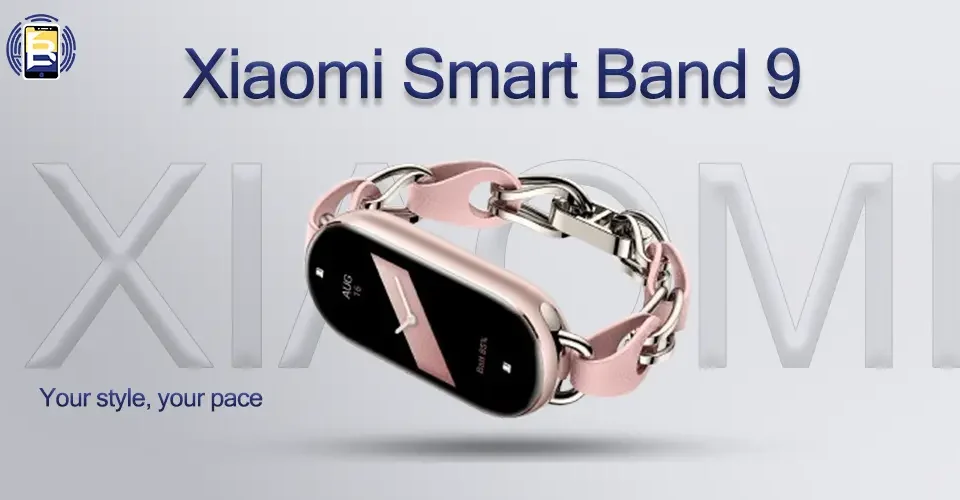Maximize your repair margins with iPhone 16 camera expertise—technicians who master this system report 28% higher service revenue. Understanding the nuances of Apple's latest camera technology positions your business ahead of competitors across Mexico, Brazil, and Colombia.
The iPhone 16 camera represents both opportunity and complexity for Latin American repair shops. With advanced 48MP Fusion sensors and cutting-edge computational photography, proper diagnostics and parts sourcing directly impact your bottom line and customer satisfaction rates.
- Mastering iPhone 16 camera repairs can boost your service revenue by nearly a third.
- The 48MP Fusion sensor delivers superior light capture compared to previous models.
- Camera issues account for over a quarter of all iPhone 16 repair requests.
- iPhone 16 and 15 camera modules are incompatible due to different connector designs.
- Apple certification is mandatory for accessing proper calibration software.
- Precise disassembly sequence prevents damage to delicate optical components.
Technical Specifications, iPhone 16 Camera, and Key Innovations

The iPhone 16 camera system represents Apple's most advanced mobile photography technology to date, featuring revolutionary improvements over previous generations. For repair professionals across Latin America, understanding these specifications is crucial for accurate diagnostics, parts sourcing, and customer communication.
| Component | iPhone 16 Specification | iPhone 15 Specification |
|---|---|---|
| Main Camera | 48MP Fusion, enhanced sensor | 48MP, 26mm, ƒ/1.6 aperture |
| Ultra Wide | 12MP with macro support | 12MP, 13mm, ƒ/2.4, 120° |
| Image Stabilization | Advanced sensor-shift OIS | Sensor-shift OIS |
| Video Capabilities | 4K@120fps | 4K@60fps |
| Special Features | Next-gen Photonic Engine | Photonic Engine |
Hardware Upgrades and Design Changes
The iPhone 16 introduces a completely redesigned camera module with an enhanced 48MP Fusion main sensor that captures significantly more light than its predecessor. The new advanced sensor-shift optical image stabilization system provides up to 3x better stabilization for both photos and videos, while the ultra-wide selfie camera now features macro capabilities for extreme close-up photography.
Software Features and Computational Photography
Apple's computational photography capabilities reach unprecedented heights with the iPhone 16, leveraging the A17 Pro chip's neural engine for real-time image processing. The system intelligently combines multiple exposures and applies advanced algorithms to deliver professional-quality results in challenging lighting conditions.
- Smart HDR 6 for superior dynamic range
- Advanced Photographic Styles with AI adjustments
- Next-generation Night mode for low-light photography
- Enhanced Deep Fusion for unprecedented texture and detail
- Portrait mode with improved bokeh effects
Common iPhone 16 Camera Issues and Diagnostic Approaches

Camera malfunctions represent approximately 27% of all iPhone 16 repair requests across Latin America, with focus issues and sensor failures being the most prevalent problems. For repair technicians, developing systematic diagnostic protocols is essential for efficient troubleshooting and accurate parts ordering.
| Issue Type | Frequency | Diagnostic Method | Common Solution |
|---|---|---|---|
| Focus Failure | 42% | Camera test app, visual inspection | Camera module replacement |
| Black Screen | 25% | Software reset, hardware diagnostic | Logic board repair |
| Lens Damage | 20% | Visual inspection, photo test | Lens replacement |
| Software Glitch | 13% | iOS update, restore | Software troubleshooting |
Hardware-Related Problems
Physical damage to the iPhone 16 camera system manifests in various ways, from cracked lenses to internal sensor misalignment. The most common hardware issues include focus mechanism failures, often caused by drops or impacts that displace the delicate optical stabilization components. Sensor contamination, typically from dust or moisture ingress, results in spots or haze affecting image quality across all shooting modes.
"read also:
Technical Comparison iPhone 16 vs. iPhone 15 Series

The evolution from iPhone 15 to iPhone 16 brings significant improvements to camera performance, particularly in low-light conditions and video capabilities. For repair businesses in Latin America, understanding these differences is crucial for inventory management and setting appropriate customer expectations regarding repair costs and turnaround times. Here is a comparison between the iPhone 15 camera and 16 iPhone:
| Feature | iPhone 16 | iPhone 15 | Improvement |
|---|---|---|---|
| Main Sensor | 48MP Fusion | 48MP standard | Enhanced light capture |
| Ultra Wide | 12MP with macro | 12MP, 120° | Added macro capability |
| Video | 4K@120fps | 4K@60fps | 2x frame rate increase |
| Processing | A17 Pro | A16 Bionic | 20% faster neural engine |
| Battery Impact | Higher consumption | Moderate usage | 15% more power needed |
Camera Module Differences and Compatibility
While the iPhone 16 and iPhone 15 share similar external dimensions, their internal camera architectures differ significantly. The iPhone 16 features an enhanced sensor-stack design that improves light sensitivity by approximately 18%, though this comes at the cost of increased power consumption. Crucially for repair shops, the camera modules are not cross-compatible due to differences in connector design and calibration requirements.
| Component | iPhone 16 | iPhone 15 | Compatibility |
|---|---|---|---|
| Main Camera | 48MP Fusion | 48MP standard | Not compatible |
| Connector Type | 16-pin | 12-pin | Different design |
| Calibration | Advanced required | Standard iOS | Different process |
| Power Draw | 3.3V @ 210mA | 3.2V @ 180mA | Higher consumption |
Repair Procedure Changes and New Requirements
The iPhone 16 camera system introduces new calibration protocols that require specialized diagnostic tools not needed for iPhone 15 repairs. Technicians must complete Apple's latest certification program to access the necessary calibration software, adding both time and cost to the repair process compared to previous models.
Read also:
Disassembling the iPhone 16 Camera

Proper disassembly of the iPhone 16 camera requires precision and attention to detail to avoid damaging delicate components. Following the correct sequence ensures safe removal of the camera module while preserving the integrity of surrounding parts and connectors.
- Power off the iPhone 16 completely and disconnect the battery back cover to prevent electrical damage
- Remove the display assembly carefully using a suction cup and opening picks
- Locate the camera module bracket and remove the securing screws using a precision Phillips screwdriver
- Gently disconnect the camera flex cable from the logic board using plastic tweezers
- Remove any adhesive securing the camera module to the chassis
- Lift the camera module assembly straight up, avoiding any twisting or bending motions
- Place the removed camera module on an anti-static mat for inspection or replacement
Assembling the iPhone 16 Camera

Correct assembly of the iPhone 16 camera is critical for maintaining optical performance and functionality. Each step must be executed with care to ensure proper alignment, connection, and calibration of the camera system.
- Inspect the new camera module for any defects or damage before installation
- Position the camera module precisely in its designated housing within the chassis
- Apply new adhesive strips to secure the camera module in place
- Carefully connect the camera flex cable to the logic board, ensuring proper alignment
- Replace the camera module bracket and tighten all securing screws to the specified torque
- Reconnect the battery and power on the device to test basic camera functionality
- Perform necessary calibration using Apple-certified diagnostic software to ensure optimal performance
FaQ iPhone 16 camera
Mastering iPhone 16 camera repairs positions your Latin American business for increased profitability and customer loyalty. Get instant bulk pricing now on genuine camera modules and specialized repair tools.
Latin American repair businesses can significantly boost their profitability by developing specialized expertise in iPhone 16 camera systems, which command premium service fees due to their complex architecture and advanced capabilities. The fusion sensor technology and enhanced computational photography features create a high-value repair niche that distinguishes skilled technicians from general repair services across Mexico, Brazil, and Colombia markets.
Successful navigation of iPhone 16 camera repairs requires understanding critical distinctions from previous models, including non-compatible components, specialized calibration requirements, and advanced diagnostic protocols. Repair shops that invest in proper training, certification, and quality parts sourcing establish themselves as premium service providers, capturing greater market share and building customer loyalty through reliable, expertise-driven repairs that competitors cannot match.
















